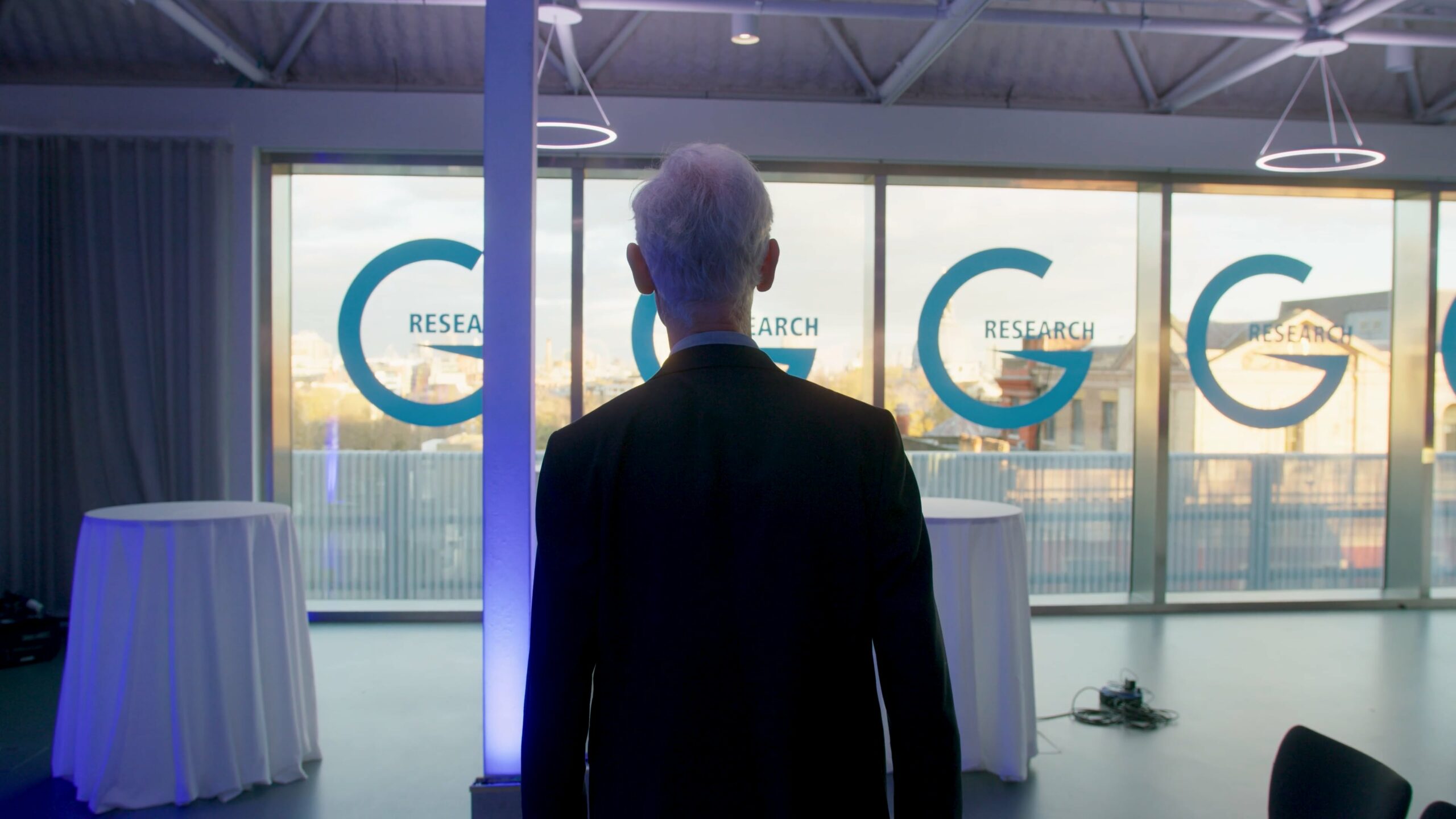So I've loved mathematics and computer science since before I can remember, since I was a really little kid. Um, I got excited about machine learning when I was at undergrad at university from a course that was given by someone who'd visiting from the tax office in Australia and showed how they were using machine learning to try and find tax sheets and people who were filling in the forms in a way that was wrong that they could actually detect with computers. And this was a, a really surprising thing to me that they were able to use these algorithms in order to do this. And this made me really change a lot of what I wanted to focus on, to understand how these techniques work. And that was the beginning of my work in machine learning. At the moment, I'm working, uh, a DeepMind on finding ways we can use new discoveries in machine learning to help mathematicians and help make new mathematical discoveries. I think some of the work that we've done so far describe both as the tip of the iceberg and low hanging fruit. There are some easy wins of really interesting patterns in mathematics that are just outside of the perceptual reach of human mathematicians who have had this data for 30 years and, uh, haven't noticed these kind of relatively simple patterns, uh, just because this is not something that we are good at. But it's something that machine learning is, is very good at. This is the tip of the iceberg in finding places to apply this, uh, where machines can spot these patterns far better than humans can. One of the things I'm actually quite proud of in our work is the fact that not a lot of computational resources are needed to spot these patterns. In the case of the work topology, uh, you can recreate the results with a, a laptop in about 30 seconds. And for some of the more sophisticated results I'll talk about, you can still do it in three hours on A GPU, which is freely available to, to anyone in the world. I think it's super important for me personally to communicate, especially this kind of research, because what this has been about for us is demonstrating that it is possible to take relatively well-known techniques in machine learning and then apply them in a way to get these, uh, fantastic results. But the only way that this is going to scale and be used to really have a big impact in mathematics is if people know about it and they see the value enough to use it themselves. This evening, I'll be talking about some of our first work that we've, we've published about using machine learning to help some of the best mathematicians in the world find new patterns, new structure in the mathematical objects that they study In, uh, a way that then has helped 'em to prove new, uh, impactful results in these different areas of maths, uh, that they, they work in.

